II. The Early Settlement of the Otago Peninsula: the first European wave and Ngai Tahu resistance

I have wanted to try and write something about the history of the uneasy and unequal relationship between European settlers and the Maori iwi/tribes who already occupied much, but by no means all, of New Zealand.
The early settlement of the area of Otago Harbour and particularly the sheltered side of the Peninsula provides one way into looking at this relationship. I have used online and book sources to compile these notes and I am all too aware of how contested, partial and partisan are representations of the past in New Zealand as elsewhere.
The first recorded presence of a European ship in the harbour is 1810 but it is likely that sealing ships had ‘harvested’ seals in the Harbour and inlets – ‘Hooper’s Inlet’ is thought to be named after the chief officer of the London sealer, Unity, that called in 1808 or 1809.
In 1810 the presence of another English sealer, the Sydney Cove, sparked the so-called Sealers’ War or the ‘War of the Shirt’.
The ‘War’ erupted after a local Maori chief stole a shirt, knife and other items from the Sydney Cove. The reporting of the incident and the aftermath of tit-for-tat killings led some Europeans to the view that the Maori were treacherous by nature.
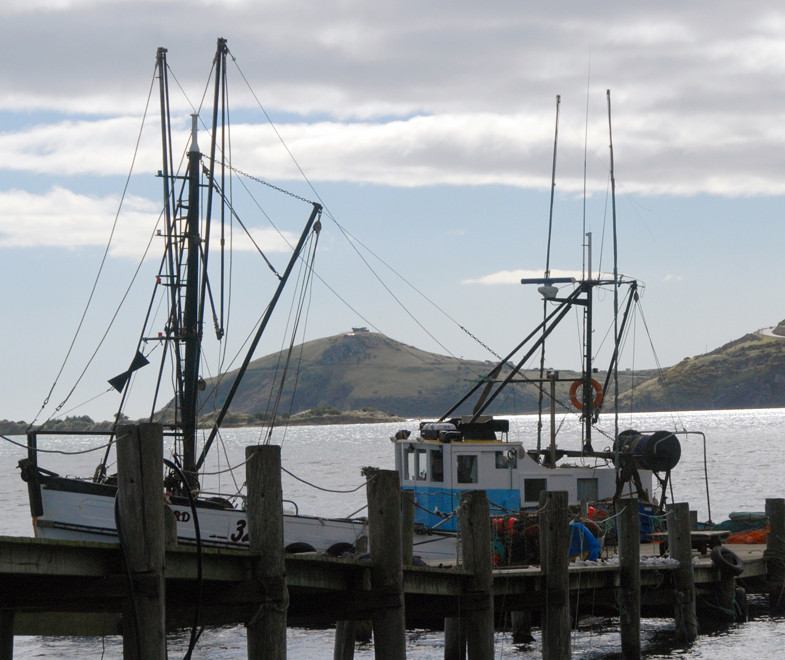
Representations of the Sealers’ War are clearly contested but it seems from an initial incident of petty theft things quickly escalated to a series of attacks and counter-attacks between Maori and sealers at different points on the southern coast of the South Island.
One source gives a total fatality of 74 people, 43 of whom were European or working with Europeans (5 Indian Lascar stokers). (This source relies heavily on Peter Entwisle’s 2005 Taka: A Vignette Life of William Tucker 1784-1817.) Many of the captured and killed European’s were eaten by their captors.
The Sophia Incident was a particularly alarming part of the Sealers' War. The Sophia moored in Otago Harbour and crew members were attacked onshore. Abandoning one gravely injured member the others returned to the ship to find Maori warriors already there. They drove them off the ship and burnt down the settlement of Otakou in retaliation.
Latterly it has been claimed that the Sophia incident probably resulted because 'crew members [of the Sophia] had stolen tattooed heads on an earlier expedition' to Otago Harbour (see the biography of Te Matenga Taiaroa).

Declining seal numbers and the increase in the threat of violent confrontations – often between shore parties pretty much left to fend for themselves (see King 2003 History of New Zealand p.118) while ‘harvesting’ fur seals and local Maori saw a decline in sealing ventures in southern New Zealand.
A sort of peace was concluded and the Harbour developed into a busy shore whaling station.
In 1831 the Weller Brothers, from a wealthy land-owning family in Folkestone in the UK, established a whaling station at Te Umu Kuri (Wellers Rock) on the Peninsula at what is now called Otakou*. At its peak it employed 85 men, a quarter of whom were Maori (Oxford Illustrated History of NZ 1996 pp26-27).
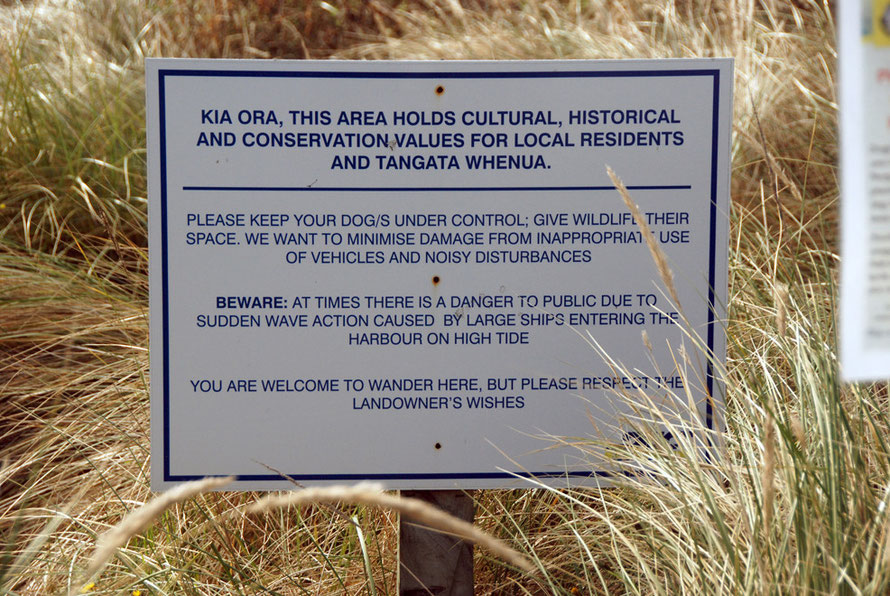
The Wellers' operation was more than just a whaling station: 'there was shipbuilding, mixed farming, supplying visiting ships, and trading in flax, fish and preserved Maori heads.’
Relations with local Maori were tense and the station was ransacked. The Wellers kept Maori hostages in Sydney Australia after one of the brothers had been taken hostage in the North Island.
One brother, Joseph Brooks, died in 1831 and his remains were shipped to Sydney in a puncheon of rum. The surviving brother in New Zealand, Edward, made a strategic marriage to the daughter of local Māori chieftain, Taiaroa, head of the Ngai Tahu iwi (see below).

In 1835 an outbreak of measles ‘shockingly reduced the local Maori population’. Estimates put the total population of Maori in the Otago district at 400 in the 1840s.
It is hugely ironic that this outbreak appears to have been occasioned by the visit of the Okatou chieftain, Karetai (aka 'Jacky White' to the whalers probably due to his face being completely covered in tatoos), to the Reverend Samuel Marsden in Sydney who gave them Christian instruction.
By the 1840s whaling had collapsed and the station had become a den of drink and prostitution (much like the Bay of Islands settlement on the North Island).
The Wellers’ company went bankrupt after huge land deals went sour and the two surviving brothers lived out their days in New South Wales;
Edward, ‘the Georgian boy-adventurer turned into a Victorian colonial squire in up-country New South Wales’, passed away in 1893 aged around 80 when his house was flooded. Refusing to leave his home he eventually knocked a hole through the ceiling and climbed onto the roof where he died of exposure and exhaustion.

Shore whaling had a considerable impact on developing commercial and social relations between Maori and Pakeha. European clothing and technologies, clinker-built boats, plants and animals and the English language became familiar as did intermarriage.
However, King (History of New Zealand, 2003: 123) stresses that ‘the values and protocols of such communities remained largely Maori’ and that ‘most descendants of mixed marriages identified as Maoris', and that whaling stations only existed because local Maori chiefs permitted them.
This optimistic view of the continued integrity of Maori cultural identity seems at odds with contemporaneous reports of the debauchery and moral decay found in the whaling stations, particularly in their decline.
“Their whaling stations, where Maori men were enslaved and ‘aboriginal Messalinas’ were bartered, spread like chancres on the epidermis of New Zealand’ (Brendon, 2008 Decline and Fall of the British Empire p. 87-8).
Brendon goes on to argue that European mores – monogamy and the prohibition of cannibalism – and the movement from well-aired hilltops to dank marshlands to cohabit and trade with the Pakeha gave rise to devastating outbreaks of disease and undermined traditional values and cohesion.
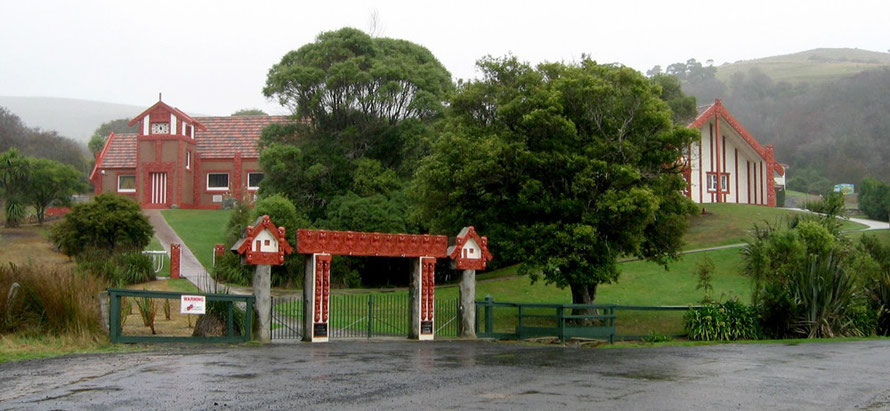
See also in this regard the biography of local chieftain Te Matenga Taiaroa,
'Although he professed friendship with the Pakeha he was generally cautious of settlement. However, the depopulation of the South Island's relatively small communities by disease, and the lessening of Ngai Tahu control over their resources, was weakening the position of the tribe.'
Te Matenga Taiaroa died in 1863. He was involved with two other chieftains in the sale of the 'Otago block' of 161,877 ha (400,000 acres) to the New Zealand Company for £2,400 in 1844. (The deed can be seen here).
Karetai was also a signatory of the Otago block land deal although he complained bitterly that he had not received his full share of the proceeds.
In 1852 Karetai was living in a one-roomed weatherboard house on the hill at Otakou with a young wife and child, (one of the eight wives and ten children he had during his life). In 1857 he joined with other prominent Ngai Tahu leaders in signing a loyal petition to the Queen in the hope of overturning the neglect they had suffered.
On 30 May 1860 Karetai died and received a Christian burial.
In 1848 the first Scottish settlers, under the tutelage of the Free Church of Scotland, arrived to establish the town of Dunedin at the inland end of the Harbour.

In the atrium of the Royal Albatross Centre there is a Ngai Tahu iwi carving. The placard with the carving says,
This carving was carried out on the Otakou [Otago] Marae [sacred open meeting ground often in front of the wharenui or meeting house] three miles from here, by the descendents of the tupuna (ancestors) portrayed on the Pou [carved post] Pukekura [Taiaroa Head].
The figures are predominantly of Kai-Tahu origin. Most of the tupuna depicted figure prominently in the tribal history of this island of Te Wai Pounamu [the South Island - 'the place of greenstone'].
This headland has much significance in tribal lore, being the central pivot for many of the human activities of the region.
The Pou was unveiled on 13th June 1990 to commemorate the signing of the Treaty of Waitangi near Pukekura 150 years before.

I find it amazing how the difficulties of the past are neatly put away under these supposed gestures of reconciliation.
Taiaroa Head had been an important pa for Maori settlers and the different iwi/tribes that occupied the Otago Peninsula. But after the decimation of the local peoples by European disease and the coming of first sealing and then whaling commerce one suspects that it was relatively easy to 'negotiate' the clearance of the headland. Apparently the land was 'taken by the government under the Public Works Act for building the lighthouse and the fortifications used during the Russian Scare of the 1880s'.
Then in 1919 a Northern Royal Albatross laid an egg on the headland and the rest history, albeit albatross history.
For the next stage of a history see my page, The Treaty of Waitangi.
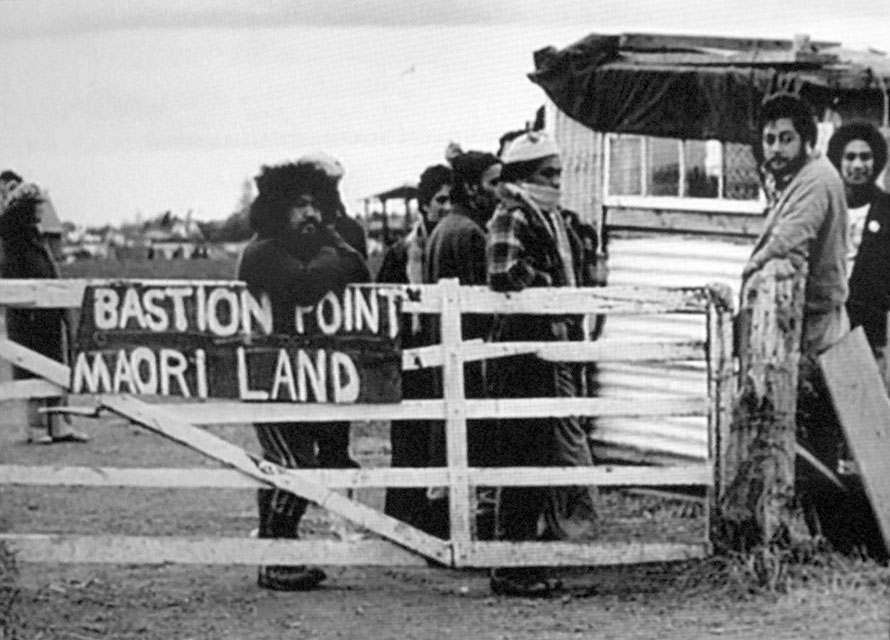
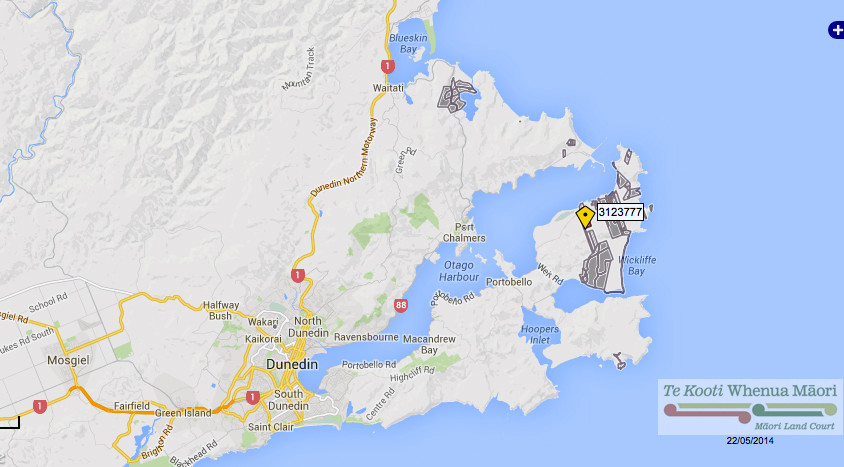
*There has been an interesting tussle over the names 'Otakou' and 'Otago'. Many people think 'Otakou' was the original name and 'Otago' the Europeanisation. It appears it was the other way round - North Island Maori-speaking European officials changed 'Otago' to 'Otakou' believing it to be the correct form of Maori wheas 'Otago' comes from a specific South Island Maori dialect.
